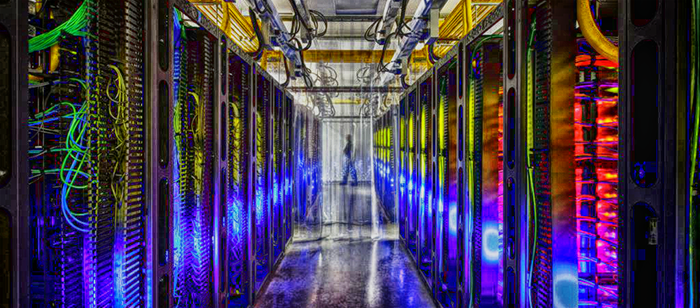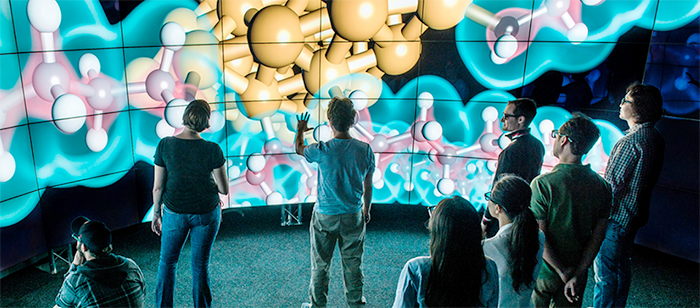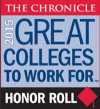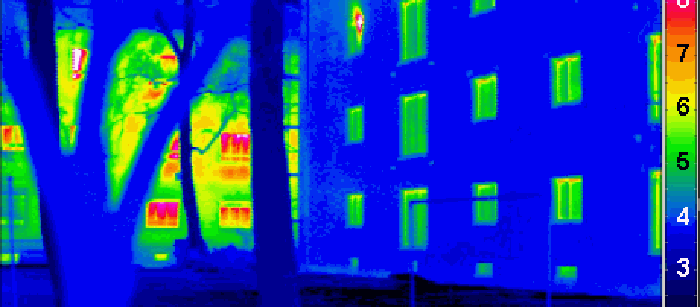
Big Data/Data Science Programs at NSF
Chaitan Baru
Senior Advisor for Data Science, NSF CISE Directorate
10-11:00am Thursday 28 January 2016, ITE 459, UMBC
postponed
Senior Advisor for Data Science, NSF CISE Directorate
postponed
This talk will provide an overview of current programs and activities related to Big Data and Data Science at NSF, and also highlight NSF’s inter-agency engagements in this topic area. The talk will also discuss future directions for Data Science research, education, and infrastructure. Considering that Data Science is a rapidly emerging, evolving field and discipline, ample time will be provided for Q&A and discussions about where the field ought to be going, given what we know today.
Dr. Chaitan Baru is currently a senior advisor for data science in the Computer and Information Science and Engineering Directorate at the National Science Foundation. He is a Distinguished Scientist and Associate Director of Data Initiatives at the San Diego Supercomputer Center (SDSC), UC San Diego where he works on applied and applications-oriented research problems related to data management and data analytics.
Dr. Baru has participated in a number of “data cyberinfrastructure” initiatives, including as Principal Investigator of the OpenTopography project; Cyberinfrastructure Lead, Tropical Ecology, Assessment and Monitoring network; Co-Investigator of the Cyberinfrastructure for Comparative Effectiveness Research project; Member of the founding Senior Management Team of the National Ecologial Observatory Network and Co-PI of the NEON Cyberinfrastructure Testbed; Co-PI of the CUAHSI Hydrologic Information Systems; Director, NEES Cyberinfrastructure Center; PI/Project Director, Geosciences Network; and member of the How Much Information? project.
Baru leads the Advanced Cyberinfrastructure Development Group at SDSC and is also Director of the Center for Large-scale Data Systems research. Prior to joining SDSC in 1996, Baru was at IBM, where he led one of the development teams for DB2 Parallel Edition Version 1 and at the University of Michigan, where he served on the faculty of the EECS Department. He received his B.Tech in Electronics Engineering from the Indian Institute of Technology, Madras, and M.E. and Ph.D. in Electrical Engineering from the University of Florida, Gainesville.










